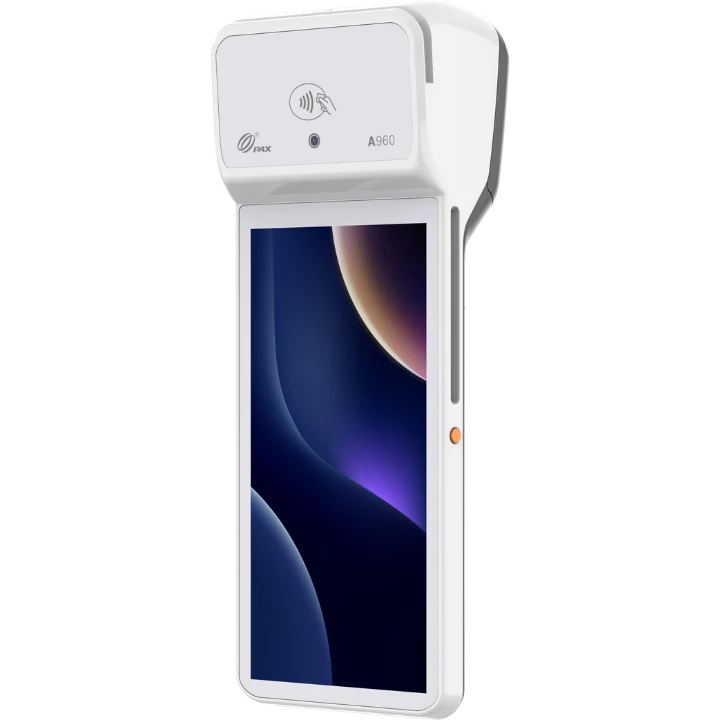Interchange++ (IC++), with examples
Every card transaction incurs fees that the merchant must pay. Compared to conventional price models, Interchange ++ provides greater transparency.
Understanding Interchange
Every card transaction incurs fees that the merchant must pay. Compared to conventional price models, Interchange ++ provides greater transparency. The costs are broken down into three separate components: interchange fee, system fee and acquirer fee (Octalas fee).
Interchange Fee
Visa/MC EEA Interchange Fees
Visa/MC EEA Card Scheme Fees
With the Interchange ++ model, the interchange and system fees are passed on to the merchant directly. The acquirer cannot affect these rates. The interchange max rates vary in each country and per transaction type. For example, B2B, Vending and Transport transactions have a max fee of 0.01 EUR in some countries. We recommend you to download the card schemes interchange fees and lookup your market.
What is interchange plus plus fee structure (IC++)?
Interchange ++ benefits you, it refers to a pricing model where the acquirer or payment provider (Octalas) will charge a merchant, for every card transaction, using a rate made of three components. Firstly, the basis is always the interchange percentage fee.
On top of that, a card scheme fee is added, and lastly a fixed percentage (Octalas fee) is added by the provider. The sum of these three fees is the final rate that the merchant is being charged with for every transaction. The benefit of such a pricing model over the fixed blended rate model is full transparency, resulting in lower overall fees.

Interchange++ Examples
The acquirer fee is the fee you are offered by Octalas. In this example we use the offered price of IC++ 1.00% from Octalas.
Visa/MC EEA Interchange Fees
Visa/MC EEA Card Scheme Fees
Acquirer fee (Octalas)
Final average rate


Benefits of Using Interchange Plus Plus (IC++) Over Blended Pricing
The transparency of IC++ gives merchants insight into what they are being charged for. For example, if a retailer notices that a portion of its buyers uses debit cards (charged a lower interchange rate than credit cards), they can adjust their marketing to encourage people to use a specific payment method.
